When Eating Hurts: How Dental Pain Impacts Your Pet’s Behavior and Appetite
Dental disease is one of the most common medical conditions in cats and dogs, yet it is often misunderstood or overlooked. Many pet owners are surprised to learn that dental pain does not always show up as obvious symptoms like drooling or chewing on one side of the mouth. More often, it quietly impacts a pet’s mood, eating habits, and overall quality of life without clear outward signs.
By understanding how oral discomfort affects pets, owners can make timely, compassionate decisions. At St. Petersburg Animal Hospital & Urgent Care, our team is dedicated to addressing dental concerns early to protect your pet’s health and prevent serious complications down the road.
Can Pet Dental Problems Really Cause Behavior Changes?
Absolutely. Dental issues such as broken teeth, infected gums, oral tumors, or resorptive lesions can lead to persistent pain and discomfort. But pets are incredibly good at hiding pain. Rather than whining or pawing at their mouth, they may simply seem “off.”
Common behavioral changes linked to oral pain in pets include:
- Becoming irritable or withdrawing from family time
- Sleeping more or seeming low-energy
- Pawing at the face or rubbing the mouth on furniture
- Ignoring chew toys or bones they once loved
- Pulling away when touched around the head
Because these signs can be subtle and develop slowly over time it’s easy to miss them. In fact, many pets adjust to chronic oral discomfort so gradually that their new behavior becomes seemingly normal.
Why Does Dental Pain Affect a Pet’s Appetite?
If it hurts to eat, it makes sense that a pet might lose enthusiasm for mealtime. Painful teeth or inflamed gums can turn chewing into a struggle or even something to dread. Dogs or cats with dental pain may:
- Eat slowly or drop food mid-meal
- Favor soft food and avoid kibble
- Chew only on one side of their mouth
- Walk away from meals altogether
In multi-pet households or free-fed pets, these changes can be especially easy to overlook until weight loss or muscle loss becomes noticeable. For cats, this is particularly concerning. Conditions like feline tooth resorption or gingivostomatitis can cause intense oral pain, so much so that some cats stop eating entirely.
How Dental Infections Intensify Pain and Suppress Appetite
While loose teeth or gum inflammation can cause discomfort, a true dental infection takes things to another level. Infections often develop when bacteria invade the root of a fractured or diseased tooth, forming abscesses that are extremely painful. This pain doesn’t just stay localized- it can radiate through the jaw, head, and even the sinuses.
When eating becomes this painful, many pets will either pick at meals or stop eating altogether. Cats, in particular, may begin grooming less or withdrawing from interaction because they feel unwell. Infections can also trigger fevers, lethargy, and swelling of the face or muzzle. Left untreated, the bacteria can spread into the bloodstream, impacting vital organs like the heart, liver, and kidneys.
Because infections progress quickly and cause severe discomfort, they require urgent veterinary attention. Prompt treatment- whether through antibiotics, extractions, or other surgical care- not only relieves the pain but also restores appetite and improves a pet’s overall energy and mood.
What Dental Conditions Cause Pain in Pets?
Many common dental problems can cause significant pain, even if your pet seems fine. Here’s a quick overview:
| Condition | Description | Symptoms |
|---|---|---|
| Periodontal disease | Infection and inflammation of the gums and supporting tooth structures | Bad breath, red or bleeding gums, loose teeth |
| Tooth fractures | Cracks or breaks that expose sensitive pulp | Dropping food, sensitivity, swelling |
| Tooth resorption | Destruction of tooth structure beneath the gumline | Difficulty eating, drooling, gum lesions |
| Gingivostomatitis | Immune-related inflammation of the mouth and gums | Severe pain, refusal to eat, weight loss |
| Malocclusions | Underbites or overbites cause the teeth to not fit together properly | Pain when chewing or inability to close mouth properly |
When Should You Call Us for a Dental Exam?
Any shift in behavior or appetite should raise a red flag, but the following signs are often linked to dental pain:
- Persistent bad breath
- Red, swollen, or bleeding gums
- Hesitation to chew or play
- Swelling near the jaw or muzzle
- Yellow or brown buildup on teeth
- Changes in grooming or vocalization, especially in cats
If your pet is showing one or more of these symptoms, it’s a good idea to schedule a veterinary dental exam. Oral issues often require dental X-rays to get a complete picture of what’s going on beneath the surface.
What Are the Next Steps if Dental Disease Is Diagnosed?
If a dental issue is found, the treatment plan will depend on its type and severity. This may include:
- Dental cleaning under anesthesia: To remove tartar and examine each tooth thoroughly
- Tooth extraction: When a tooth is damaged or infected
- Pain management: With medications and at-home care tips
- Ongoing monitoring: To prevent future issues
It’s worth noting that a dental cleaning is far more than a cosmetic fix. It allows our veterinary team to treat issues below the gumline where most problems begin. Anesthesia is essential to ensure the procedure is safe, comfortable, and effective.
Can Pet Dental Issues Be Prevented?
In many cases, yes. While breed and genetics play a role, especially in small dogs and some cats, most dental issues are preventable with consistent care. The key to good pet dental health is early intervention.
Helpful preventative steps include:
- Annual dental checkups: During routine wellness visits
- Daily brushing: With pet-safe toothpaste
- Dental treats and food: Approved by the VOHC
- Regular follow-ups: To catch issues early
FAQs: Pet Dental Pain and Behavior
Can pets have dental pain without obvious signs?
Yes. Many show only subtle symptoms or none at all. Appetite and behavior changes are often the first hints.
Is anesthesia really necessary for dental cleanings?
Yes. Anesthesia allows a full-mouth x-ray, cleaning below the gumline, and a safe, thorough exam.
Do all older pets have dental disease?
Not all, but it’s extremely common. Routine dental checks help catch issues early.
What if my pet is eating normally? Could they still have dental pain?
Definitely. Some pets continue to eat through significant discomfort. Eating is instinctual, even when it hurts.
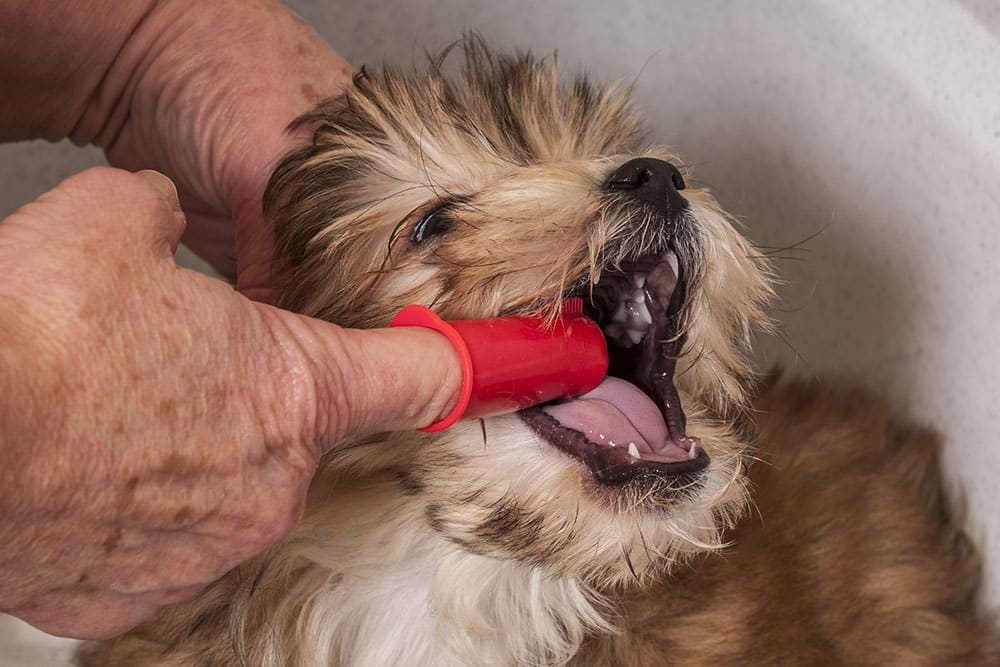
Get to the Root of Pet Dental Pain at St. Petersburg Animal Hospital & Urgent Care
Relieving dental pain can do more than improve a pet’s health, it can bring back their spark. Many owners say their pet seems “like a puppy again” or “more social” after treatment. That’s the real value of dental care: it restores comfort, improves quality of life, and helps pets feel like themselves again.
If you’ve noticed any changes in your pet’s behavior, appetite, or overall demeanor, St. Petersburg Animal Hospital & Urgent Care is here to help. Whether it’s a routine cleaning or a deeper concern that needs to be seen urgently, our team is ready to support you and your pet with compassionate, expert care.

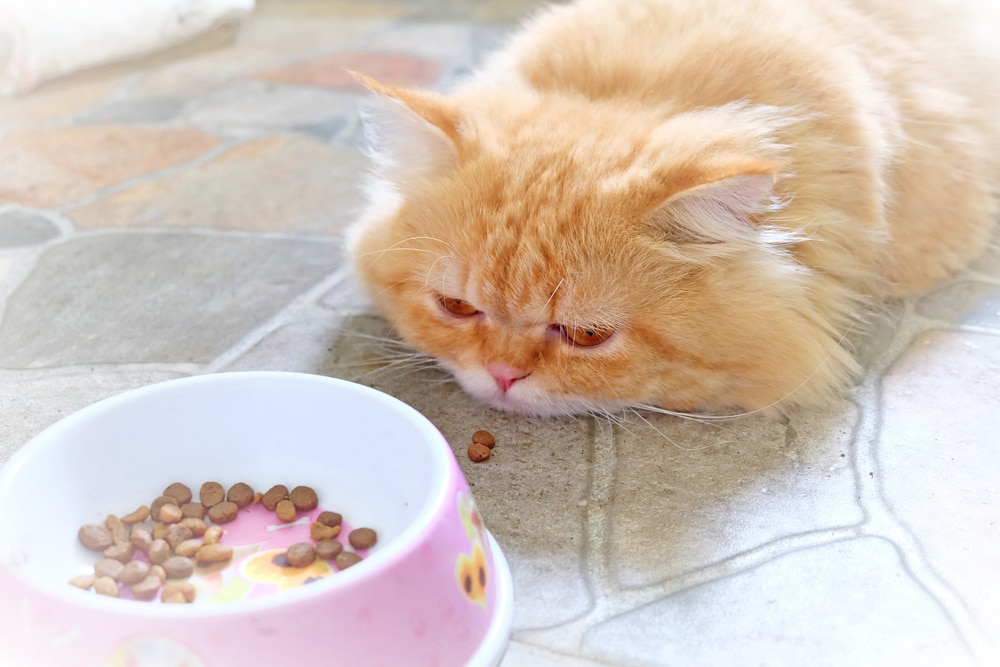
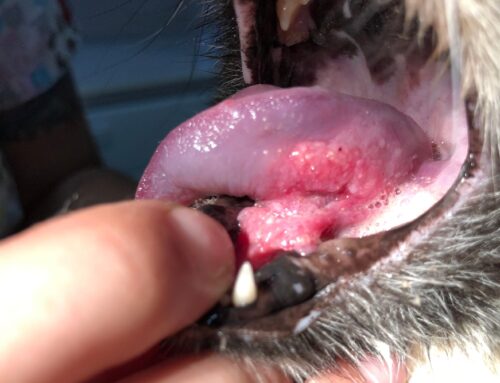
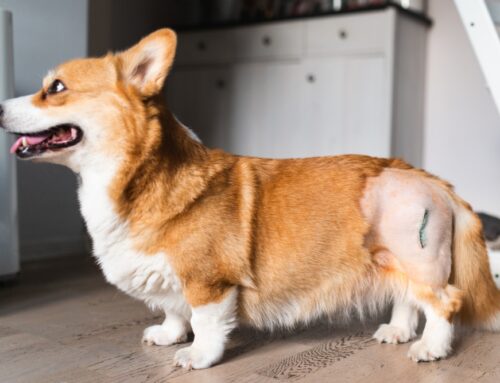
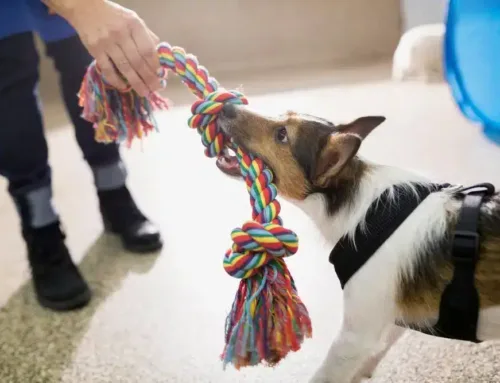
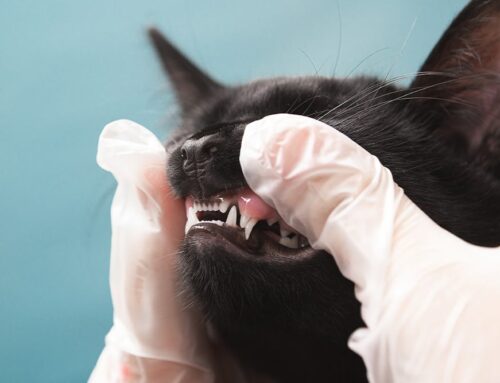

Leave A Comment